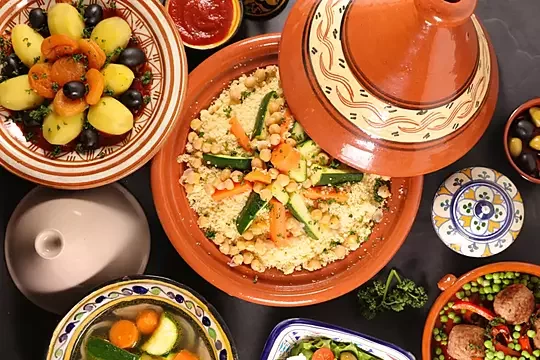Your Journey to Magical Morocco
Morocco is more than a destination; it's a doorway to a thousand years of history. This enchanting country stands proudly at the crossroads of continents, where the sand dunes of the Sahara meet the snowy peaks of the Atlas Mountains, and ancient Berber traditions fuse with sophisticated Islamic and European influences.
At Gateway2Morocco, we recognize that modern travelers seek more than just sightseeing—they crave cultural immersion and authentic travel. That's why we meticulously craft private custom Morocco tours that go beyond the guidebooks. We take you past the busy tourist routes to meet local artisans, share meals in family homes, and discover the hidden stories that make Morocco so unique. From the moment you arrive, prepare for a captivating Morocco travel experience filled with color, scent, and sound.
A Feast for Your Senses: The Art of Moroccan Cuisine
Moroccan cuisine is world-renowned for its exquisite complexity, a culinary tapestry woven from Berber spices, Arab-Andalusian sweetness, and Mediterranean freshness. A culinary tour Morocco with us is non-negotiable!
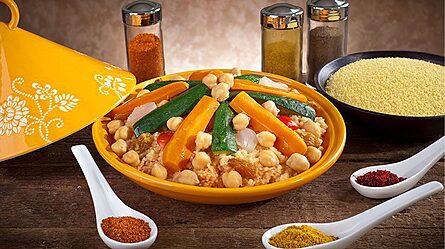
Couscous Traditions
While many travelers look for it in restaurants, Couscous is traditionally a Friday family dish. We offer the chance to learn a classic Couscous recipe during an interactive cooking workshop, culminating in sharing the meal with a local family—a true mark of Moroccan hospitality.
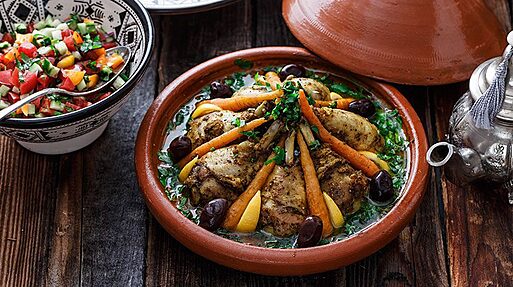
The Legend of Tagine
Slow-cooked in its iconic earthenware pot, the Tagine represents the heart of authentic Moroccan food. Whether it’s chicken with preserved lemons and olives, or lamb with prunes and almonds, the flavor is deep and layered. We guide you to the local experts who make the best Tagine in each region.
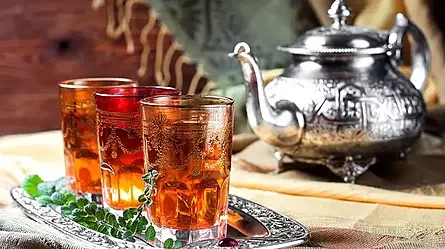
Mint Tea Rituals:
Truly it was a great journey, and in it I met with many, whom to know was to love but whom never could I see again; for life has.
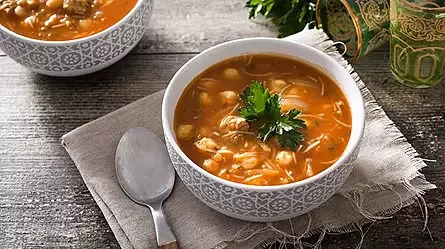
The Street Food Scene
Truly it was a great journey, and in it I met with many, whom to know was to love but whom never could I see again; for life has.
Cultural Heritage & The Architectural Revolution
Morocco’s architecture is a living chronicle, showcasing the nation’s powerful cultural shifts. Our Morocco architecture tours allow you to trace the artistic evolution of the country
Tracing Morocco's Architectural Identity:
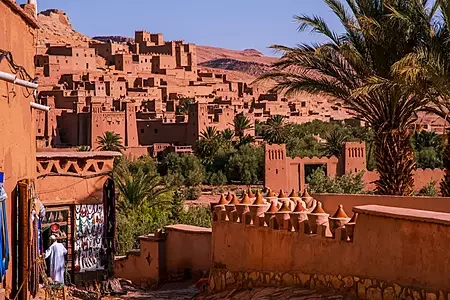
The Ancient Berber Strongholds
Begin in the South, where the red-earth Berber Kasbahs and ksars (fortified villages) dominate the landscape of the Atlas foothills. These historic structures, like Ait Benhaddou, tell the story of trade routes and community life, emphasizing simple, strong earthen materials.
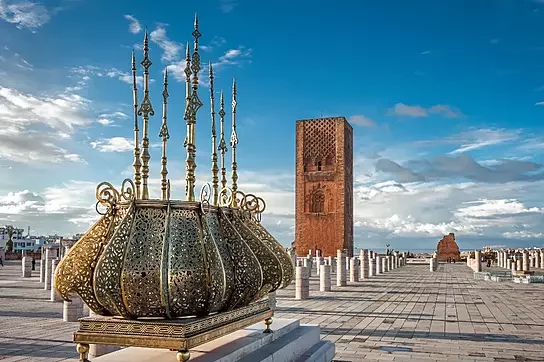
The Elegance of the Arab & Andalusian Style
This era introduced the breathtaking complexity of zellij (geometric ceramic tilework), intricate stucco carving, and masterful wood painting (zouak). Visit the ancient Medersas (religious schools) in Fes to fully appreciate the mastery of these interior designs.
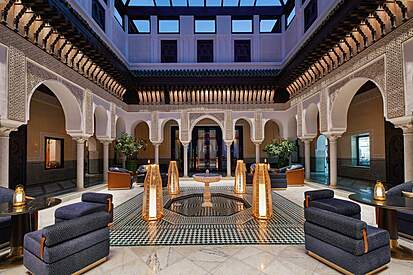
Modern Moroccan Luxury The Riad
The traditional Riad (a house built around an inner courtyard or garden) has been revitalized into some of the world's most luxurious boutique accommodations. A Riad stay Marrakech or Fes offers a peaceful, beautiful retreat from the bustling streets, combining historic forms with contemporary design—the very essence of Morocco’s modern style.
Cities That Inspire: Must-Visit Destinations
A successful private Morocco tour itinerary balances the iconic Imperial Cities with the unforgettable natural wonders, ensuring a diverse and rewarding Morocco travel guide experience.
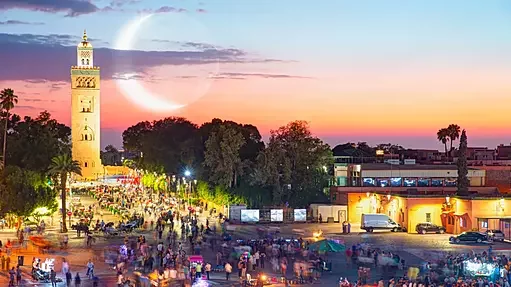
Marrakech: The Red City
A vibrant symphony of color and chaos. Dive into the world-famous Marrakech souks for artisanal treasures, explore the historic Bahia Palace, and experience the nightly spectacle of Jemaa el-Fna. Our Marrakech tours ensure you navigate this energy smoothly and purposefully.
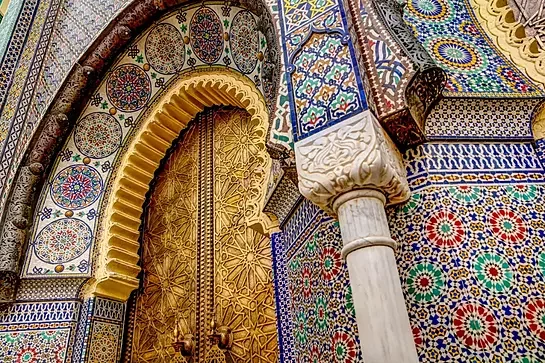
Fes: The Spiritual Heart
The world’s largest car-free urban area, the Fes el Bali Medina is a labyrinthine maze where time stands still. A Fes city tour with a local guide is essential to witness the ancient tanneries, traditional craftsmanship, and the Qarawiyyin University.
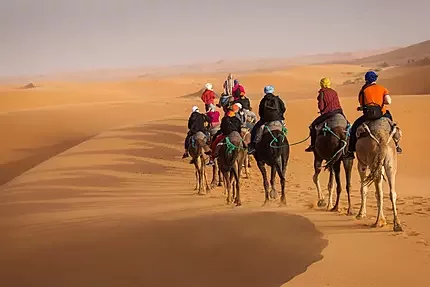
The Majesty of the Desert
No Morocco trip is complete without a journey to the Sahara. Our Sahara Desert trips offer comfortable lodging, sunset camel treks across the dunes, and the chance to sleep under a billion stars, connecting you with the powerful solitude of the land.
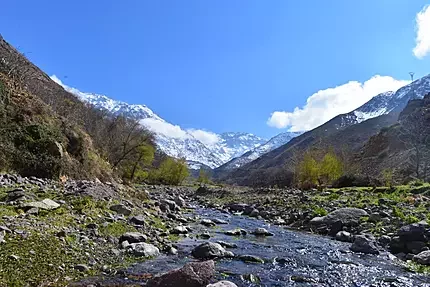
The High Atlas
Perfect for active travelers, the Atlas Mountains trekking provides stunning views, encounters with friendly Berber villages, and a refreshing escape from the city heat.
The Soul of Morocco: Craftsmanship & Music
Morocco’s artistic heritage stretches back over thirty centuries, reflecting the layered history left by Berber, Roman, and Arab civilizations. This enduring legacy is palpable in the hands of master artisans across the kingdom, whose creative endeavors transform simple materials into timeless works of art.
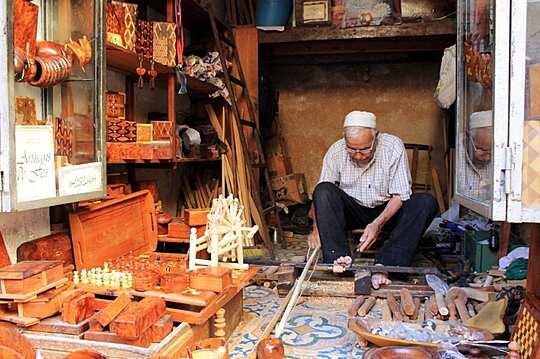
The Art of Moroccan Craftsmanship
Moroccan craftsmanship is more than decoration; it's a preserved language of abstract and geometric motifs. This exquisite tradition is most vividly seen in:
Zellij & Ceramics: The stunning geometric tilework that adorns palaces and Riads.
Hand-Woven Rugs: Each carpet, often created by Berber women, tells a regional story through its patterns and colors.
Engraved Metalwork: From ornate brass lamps to intricate silver jewelry, especially the bold pieces crafted by the Touareg people, which often hold symbolic or protective meaning.
Woodwork: Witness the skill of the Moroccan wood artist in Fes, turning, carving, and inlaying cedar and other native woods into beautiful furniture and architectural screens.
Embark on an insider’s souk tour with Gateway2Morocco and witness this living art form. We’ll take you through the workshops of master craftsmen and women in the ancient Medinas, where ancient methods adapt to contemporary styles, ensuring you find the most authentic Moroccan craftsmanship available.
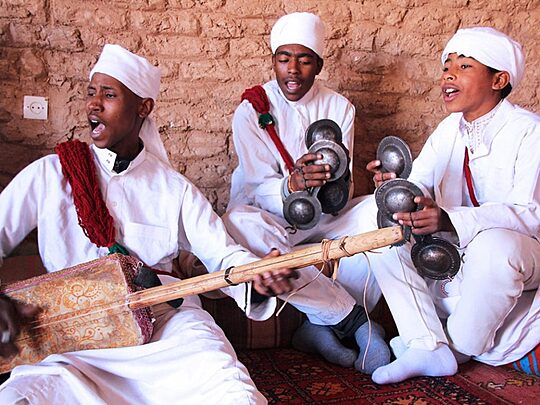
The Rhythms of Morocco: A World of Music
Music in Morocco is an integral part of daily life, connecting communities and preserving oral histories. Your Moroccan tour provides ample opportunity to experience these diverse soundscapes:
Gnawa Music: Experience the trance-like rhythms of Gnawa performance, a captivating style of spiritual music rooted in West African traditions. We can arrange a visit to Khmalia Village near Merzouga (on your Sahara Desert trip) for a truly authentic listening experience.
Andalusi Music: The classical, complex structure of Andalusi or Arabic music is a living remnant of the Spanish-Maghreban civilization, performed with instruments like the oud (lute) and mandolins.
Popular Berber Music: Characterized by strong, ancestral rhythmic sounds driven by tambourines and captivating community dances.
Whether you are seeking the serenity of Andalusi music or the dynamic energy of a Gnawa performance, Gateway2Morocco ensures your journey is filled with the unique sounds and visual artistry that define the soul of Morocco.
